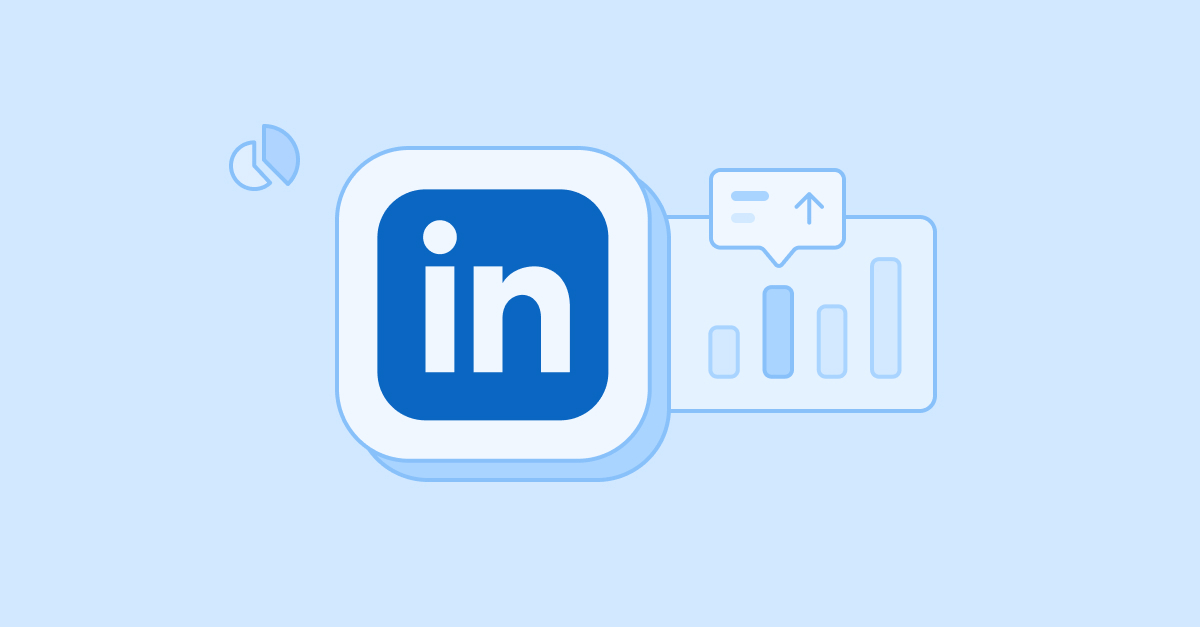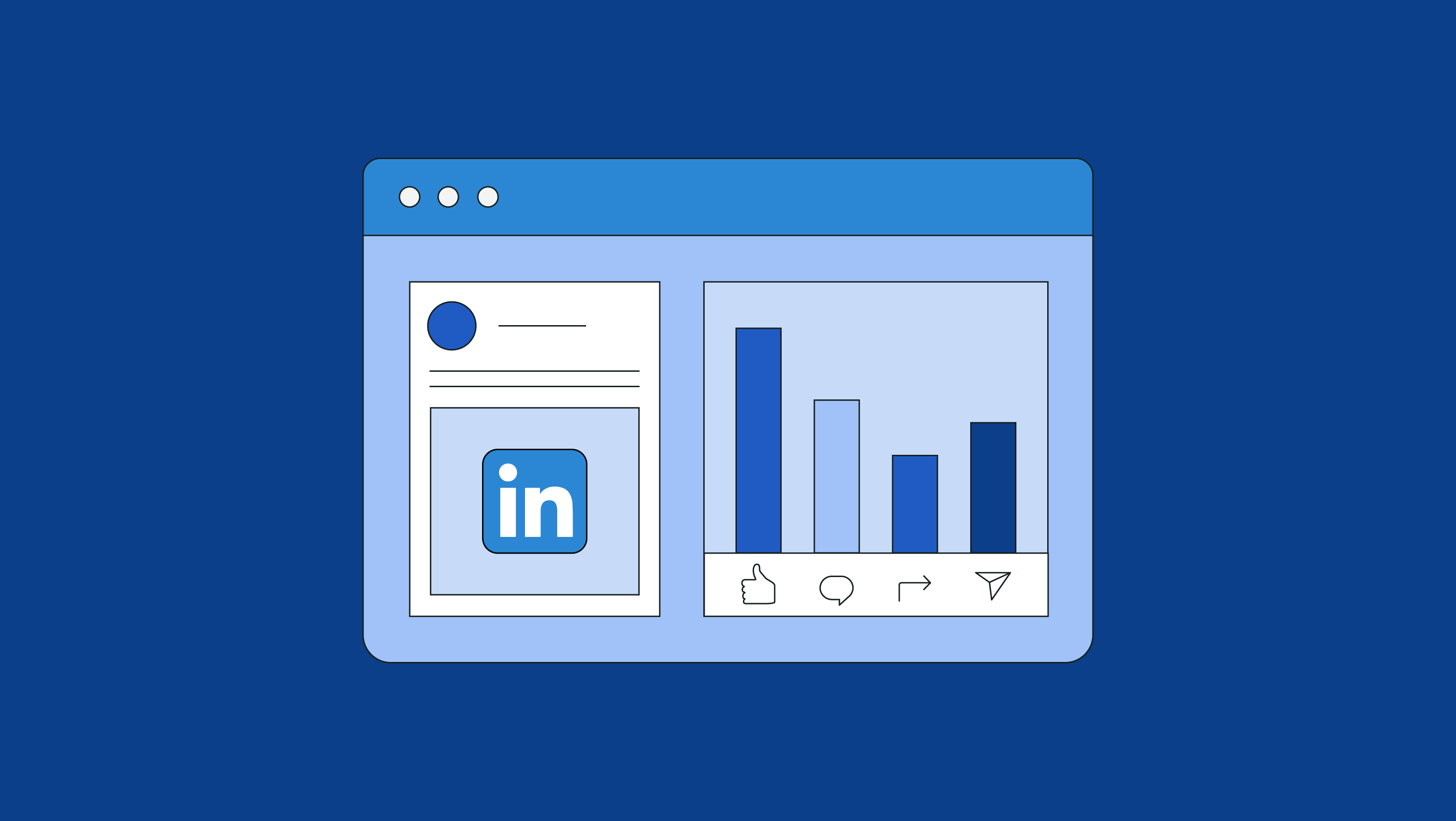LinkedIn has become a pivotal platform for professionals and businesses to connect, share insights, and foster relationships. In the dynamic landscape of social media marketing, the ability to listen and respond effectively to audience interactions is crucial. This article delves into the significance of LinkedIn listening tools, the top options available, and best practices for leveraging them to enhance your social media strategy.
Importance of LinkedIn Listening Tools

Enhancing Engagement
LinkedIn listening tools offer a deeper understanding of audience behavior, allowing businesses to tailor their content and engagement strategies accordingly. By monitoring conversations, comments, and mentions, brands can identify opportunities to join discussions, provide valuable insights, and foster meaningful connections.
Understanding Audience Preferences
By analyzing trends and sentiments, LinkedIn listening tools enable businesses to gain insights into what resonates with their target audience. This information can inform content creation, helping brands craft messages that align with audience interests and preferences.
Top LinkedIn Listening Tools
Tool 1: LinkedIn Analytics
LinkedIn’s built-in analytics provide valuable data on post-performance, audience demographics, and engagement metrics. With features like Content Suggestions, businesses can identify trending topics and optimize their content strategy for maximum impact.
Tool 2: AIM Insights
AIM Insights offers comprehensive social media monitoring, including LinkedIn, to track mentions, hashtags, and conversations relevant to your brand. Real-time alerts ensure timely responses to customer queries and feedback, enhancing brand reputation and customer satisfaction.
Tool 3: Hootsuite
Hootsuite‘s social listening feature allows businesses to monitor LinkedIn conversations, keywords, and hashtags in one centralized dashboard. With advanced analytics and reporting capabilities, Hootsuite enables data-driven decision-making and campaign optimization.
How to Choose the Right Listening Tool
1. Consider Your Goals
Before selecting a LinkedIn listening tool, define your objectives and key performance indicators (KPIs). Whether it’s increasing brand awareness, driving website traffic, or improving customer satisfaction, aligning the tool with your goals is essential for success.
2. Budget Considerations
Evaluate the cost of each listening tool and consider your budget constraints. While some tools offer free versions with limited features, others may require a subscription for access to advanced functionalities. Choose a tool that offers the best value for your investment.
3. Features Needed
Assess the features offered by each listening tool and prioritize those that align with your requirements. Whether it’s sentiment analysis, competitor tracking, or influencer identification, selecting a tool with the right capabilities is crucial for achieving your objectives.
Best Practices for Using LinkedIn Listening Tools
1. Set Clear Objectives
Establish clear objectives and key performance indicators (KPIs) for your LinkedIn listening efforts. Whether it’s improving brand sentiment, increasing engagement, or identifying market trends, having defined goals will guide your strategy and measurement.
2. Monitor Regularly
Consistent monitoring of LinkedIn conversations, mentions, and hashtags is essential for staying informed and responsive. Set up alerts and notifications to stay updated on relevant discussions and opportunities to engage with your audience.
3. Analyze and Adapt
Regularly analyze the data provided by your LinkedIn listening tool to glean insights and identify areas for improvement. Whether it’s adjusting your content strategy, refining your messaging, or optimizing your targeting, data-driven decision-making is key to success.
Conclusion
In today’s competitive landscape, listening to your audience on LinkedIn is not just an option but a necessity. By leveraging the power of LinkedIn listening tools, businesses can gain valuable insights, enhance engagement, and drive meaningful connections with their target audience. Take the first step towards optimizing your social media strategy by requesting a demo from AIM Technologies today.
FAQs
1. Why are LinkedIn listening tools important?
LinkedIn listening tools enable businesses to monitor conversations, analyze trends, and gain valuable insights into their audience’s preferences and behaviors, helping them tailor their content and engagement strategies accordingly.
2. How do I choose the right LinkedIn listening tool for my business?
When selecting a LinkedIn listening tool, consider your goals, budget constraints, and required features. Choose a tool that aligns with your objectives and offers the best value for your investment.
3. How often should I monitor LinkedIn conversations with these tools?
Regular monitoring is essential for staying informed and responsive. Set up alerts and notifications to stay updated on relevant discussions and opportunities to engage with your audience.
4. Can LinkedIn listening tools help improve my brand’s reputation?
Yes, by monitoring mentions, comments, and sentiments, LinkedIn listening tools enable businesses to address customer feedback promptly, enhance brand reputation, and improve customer satisfaction.
5. What role do LinkedIn listening tools play in social media strategy?
LinkedIn listening tools play a crucial role in informing content creation, identifying market trends, and fostering meaningful connections with your target audience, ultimately enhancing the effectiveness of your social media strategy.




